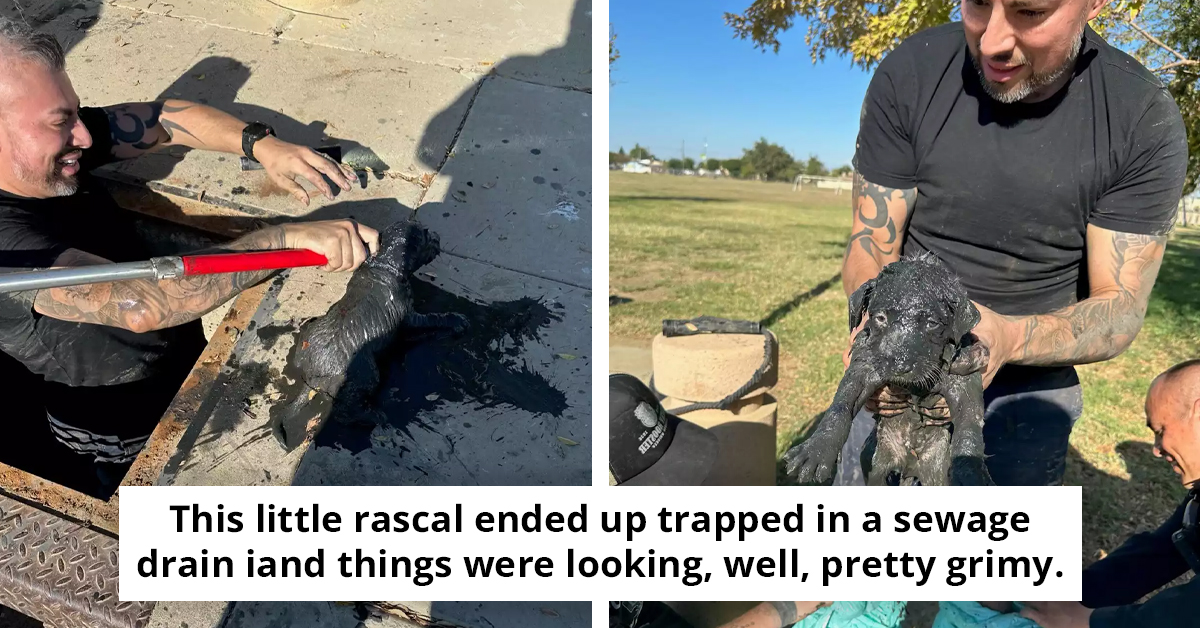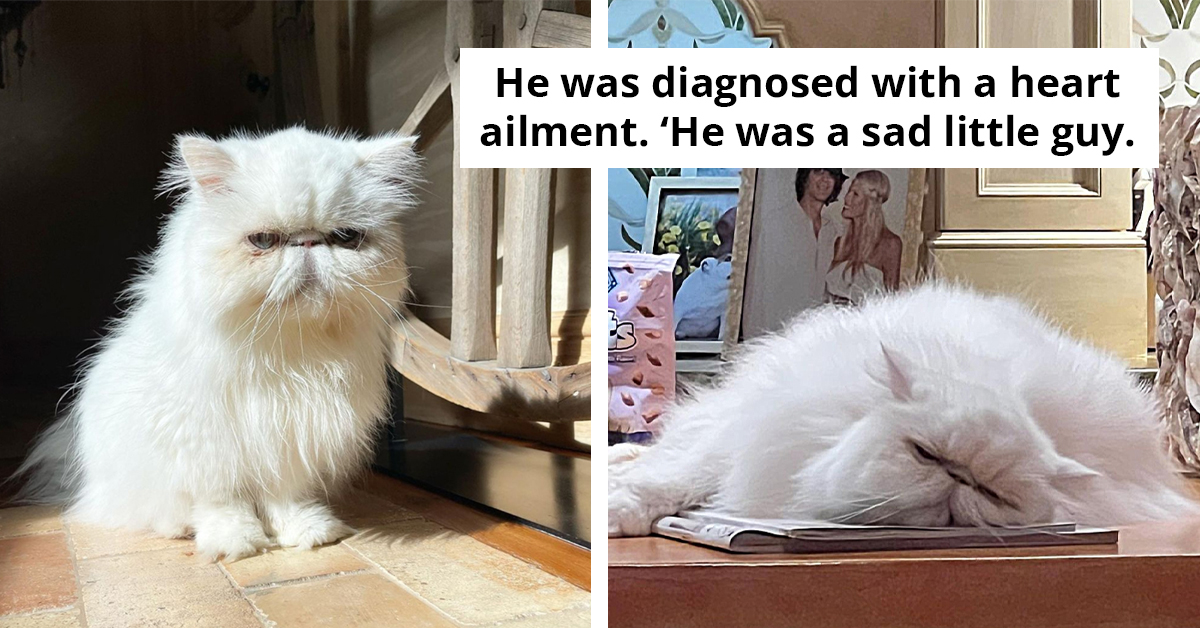Canvassed in an Electric Technicolor Dreamsuit of Color Is a Bird with Interesting Characteristics
The orange-breasted bunting, or Passerina leclancherii, is a type of passerine bird in the Cardinalidae family. The male adult orange-breasted bunting is around 5 inches long.
The male adult has a pale green crown with a nape colored turquoise blue. His upper parts are frequently touched with green, and he has a turquoise tail.
The male adult’s eye-ring, lore, and tummy are canary yellow, extending to golden orange on the breast area. The female adult orange bunting has dim green upper parts and yellow-colored underparts.
Both male and female buntings have eye-rings that are yellow in color. The orange-breasted bunting can be found in, and is endemic to, the Pacific slope of Mexico.
Looking for where to specifically find this bird? These birds prefer to reside in subtropical or tropical dry forest regions and in subtropical or arid shrubland.
You can also find them in bushy deciduous forests, thorny thickets, clearings, and the edges of lush areas, up to an altitude of 3,000 feet. However, these birds are more abundant in secondary growth than in undisturbed woods.
In the winter, the orange-breasted bunting enjoys feasting on seeds and then feeds on insects during the summer. Correspondingly, they have bills that are smaller than those of most cardinalids.
Meet the Beautiful Orange-Breasted Bunting
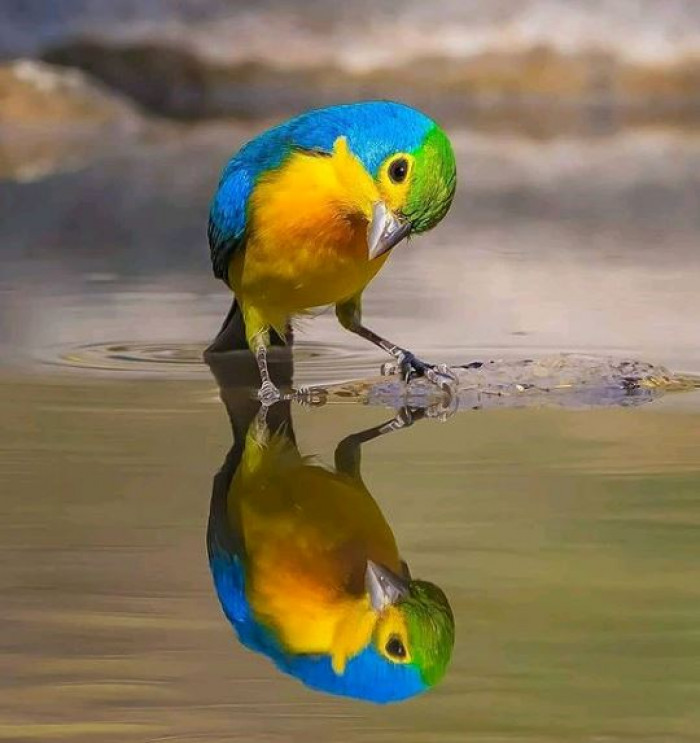
Here's the Female Orange Bunting
The breeding season of the orange-breasted bunting runs from May through June, which is the wet season. During this time, a cup-shaped nest with a softer lining is constructed using dry leaves, grasses, and rootlets.
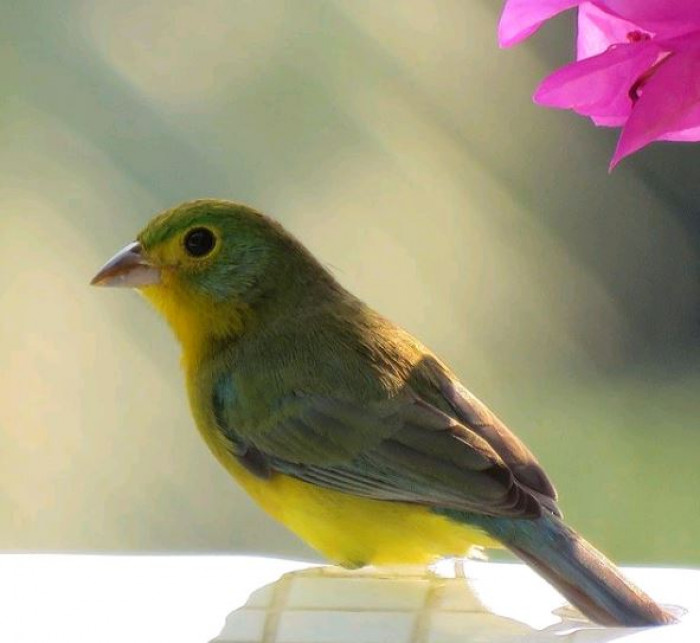
Such a Striking Blend of Color...
The nest is built in thick scrub or in a low bush. Within this nest, a clutch of three to four greenish-white or bluish-white eggs is laid.
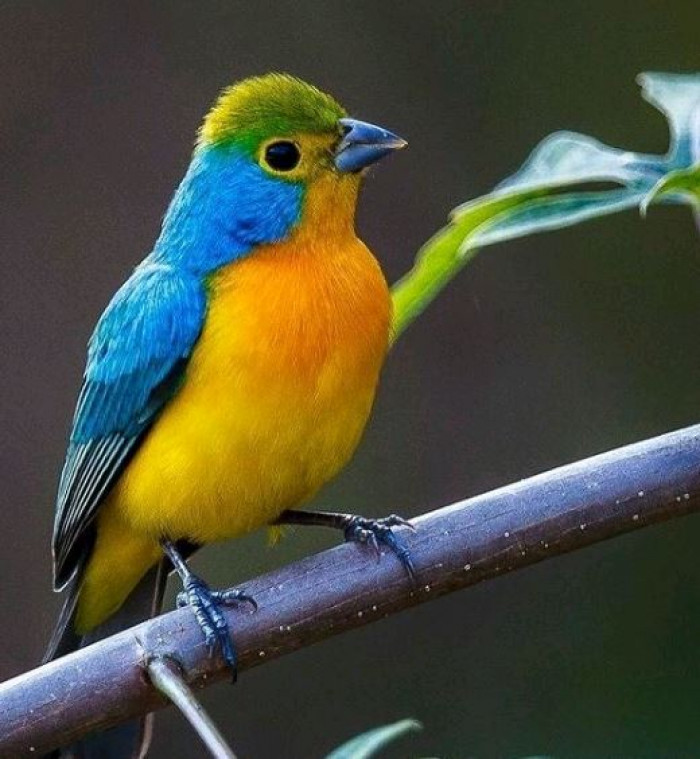
Screams Blue...
When foraging, the birds form small groups or may forage in pairs. The dietary habits of this species have not been extensively studied.
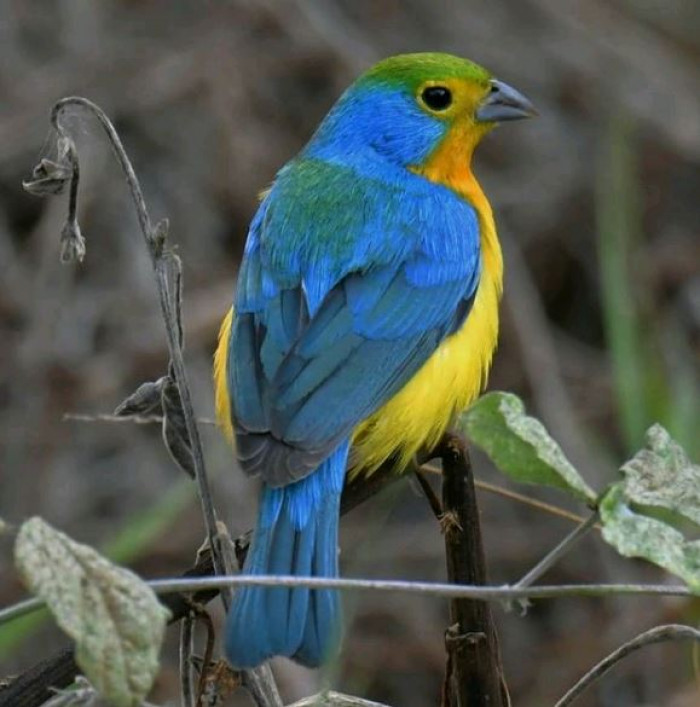
Hello, There!
However, orange-breasted buntings in this category generally feed on seeds, along with some leafy foods and fruits. Birds in captivity will consume hemp seed, thorn seed, and white millet, as well as ant cocoons, hard sweet apples, and mealworms.
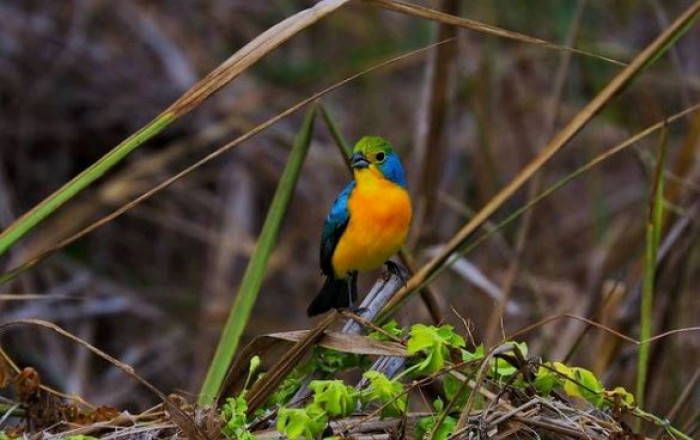
Have a Feel of This Beautiful Bird
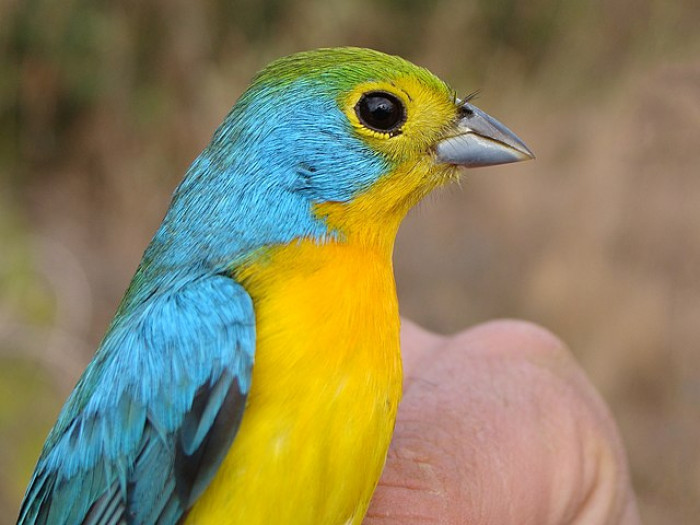
Just Like the Sunrise...
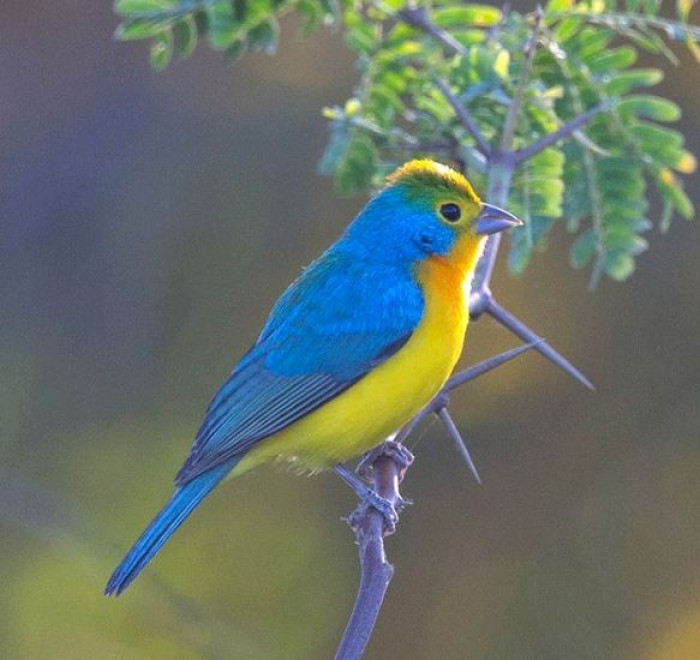
The Bird Shines...
This species has a very large range. Therefore, it does not approach the threshold for vulnerable status under the criterion for range size.
Additionally, due to this bird's wide distribution and substantial overall population, the International Union for Conservation of Nature (IUCN) considers it a species of least concern.
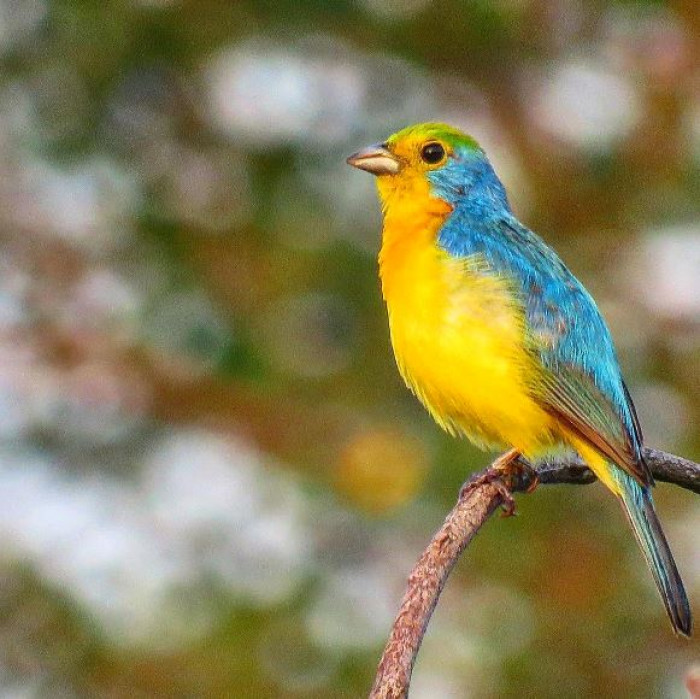
It's Video Time!
Click, watch, and listen to this adorable bird in the video below:
The orange-breasted bunting is a small, delightful bird canvassed in a suit of electric colors. Just as its name implies, this bird is sure to bring you joy and brighten your day with its brilliant hues.
If your friends and family love birds, be sure to share this post with all of them. Comment with your thoughts below about the orange-breasted bunting.


